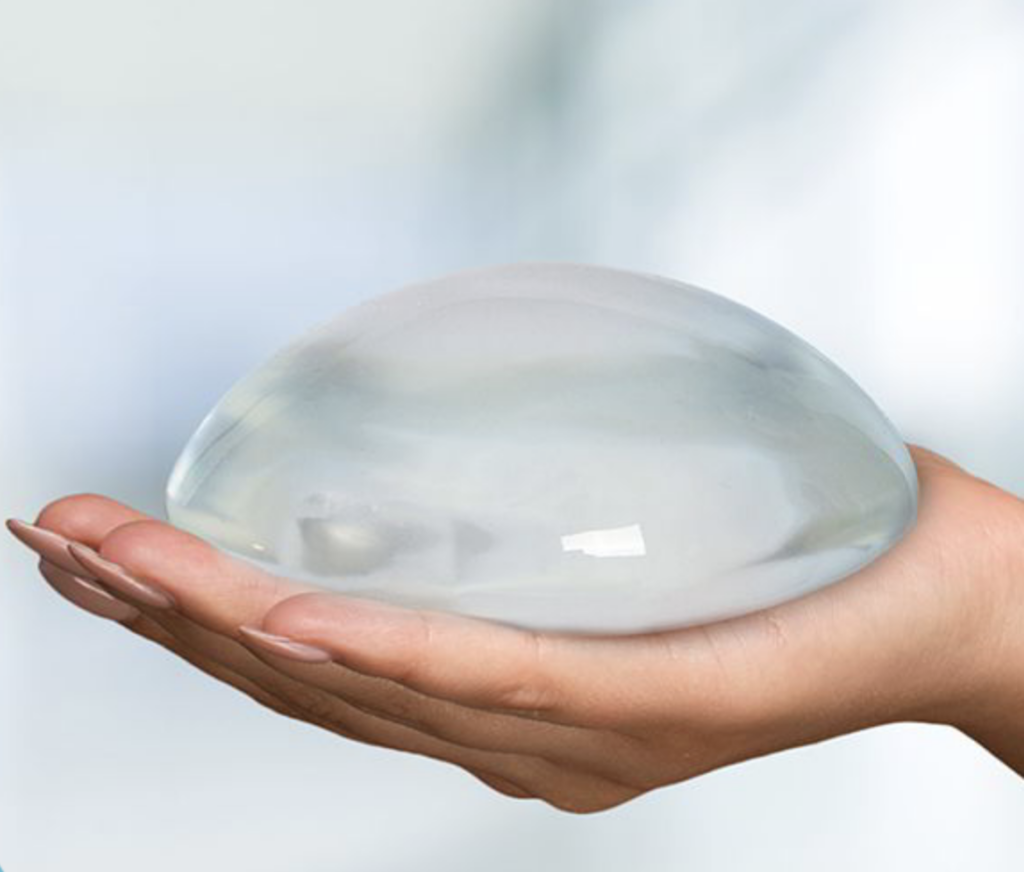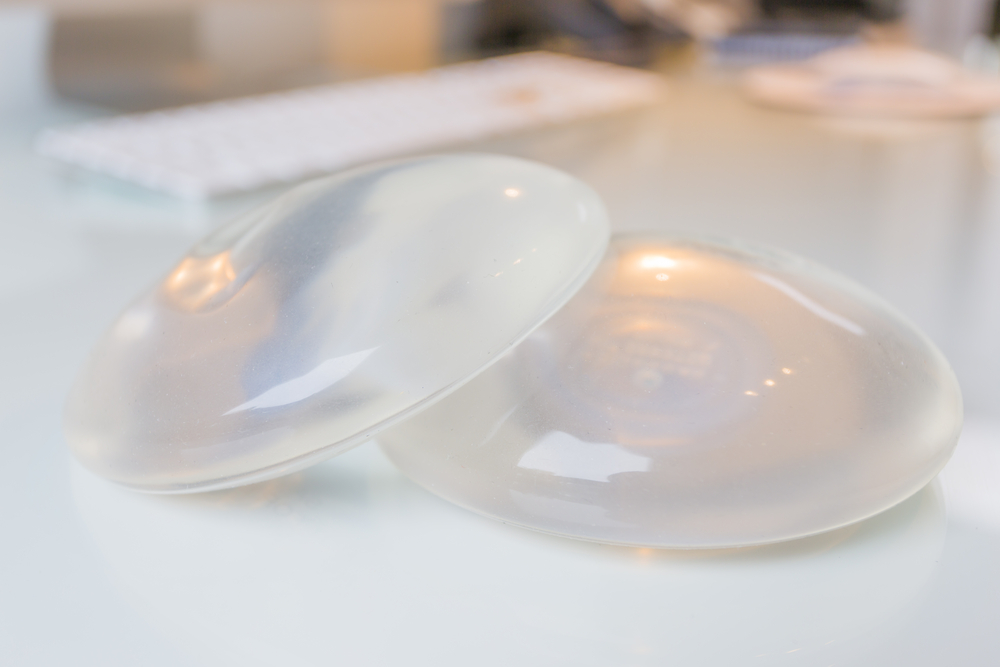Changes can occur after breast surgery, with and without implants, that can lead to unfavorable results or pose health risks. In a thorough and thoughtful consultation, Dr. Samuels will evaluate issues resulting from your previous surgery and make suggestions based on her critical knowledge of advanced techniques, which are designed to restore a better aesthetics and a more youthful, attractive appearance like the one you may have dreamed of with your original surgery.
While an optimal surgical outcome is the goal, occasionally factors may contrive to require breast revision after the initial surgical procedure. When undertaking revision breast surgery, patient and surgeon must communicate well; not just listening carefully to the patient’s concerns, but the surgeon must show their extensive skill and experience in the techniques needed for a successful revision.
Dr. Samuels trained with the world’s leading breast surgeons at the prestigious University of Texas Southwestern in Dallas, Texas, named the best plastic surgery residency program in the U.S. the last 15-20 years. She serves as clinical investigator for several brand-name breast implant manufacturers and participated in the clinical trials that led to both smooth round and textured shaped “Gummi bear” gel implant approvals in 2006. With decades of extensive experience both in clinical trials as well as the post-approval period, in first-time as well as revision breast surgery patients, Dr. Samuels is uniquely positioned to assist those patients who face a revision of their breast surgery.

There are several different kinds of FDA-approved, textured, shaped breast implants which can be perfect options for the revision patient because of the way they assist the surgeon in “controlling the pocket”. Dr. Samuels believes that one breast implant cannot fit all primary breast enhancement patients, nor can one single implant fit all revision patients. You may wish to refer to our Breast Augmentation page for more information on the breast implants Dr. Samuels recommends and read our blog posts on the Quick Recovery Technique and revision procedures.

Saline implants are filled with sterile saline (salt water), a natural body substance. Implants are placed in the implant pocket and inflated with saline to the desired volume. While the incidence of rupture is low, it is slightly higher than with silicone gel due to the fluid nature of the filler and the presence of the fill port. Since salt water is absorbed by the body, a rupture is more easily detected by the patient. Should a rupture occur, all brand-name implant manufacturers provide a lifetime warranty for replacement of the device. The implant is filled with fluid so there is also a risk of rippling, wrinkling and heaviness than with a silicone device. The more soft tissue coverage provided, the less noticeable these findings will be.

Round and shaped, smooth and textured silicone implants are filled with a semi-cohesive silicone gel that gained FDA approval in 2006. These implants are unlike the old liquid gel devices in that the gel is thicker, rupture and capsular contracture are infrequent, and if there is a device failure the gel sticks would be unlikely to leak into surrounding breast tissue. If a mammogram were suspicious for implant rupture, an ultrasound or MRI might be indicated. Cohesive round devices are available in three different projections, along with textured shaped devices. There are now several different levels of cohesivity that affect how firm or how soft each implant feels. Many women believe silicone gel devices feel softer and more similar to normal breast tissue than saline implants, and with less chance of detectable rippling, wrinkling or edge palpability.

Dr. Samuels is one of fewer than 30 surgeons in the U.S. selected to complete the clinical trial of some of these textured, anatomically shaped, more cohesive silicone gel implants. These devices are safe, extensively studied and widely used in Europe and the U.S.. Textured shaped devices remain some of the best options for breast implant revision and reconstruction patients. Since Dr. Samuels was one of the few surgeons in the U.S. who were approved to use the early shaped and round high profile devices, patients come from all over the U.S. to consult with her.
Shaped devices are a great option for those who desire a more natural breast shape and for revision patients. Also, the more cohesive the filler, the more form stable its shape and the lower the capsular contracture and rupture rates. The nuances of which breast implant is best for you is carefully discussed at the time of your personal consultation.
Dr. Samuels will discuss your goals and recommend the best course of treatment. If your procedure will involve a mastopexy, Dr. Samuels’ personal philosophy includes use of the fewest, shortest incisions possible and adding other incisions incrementally to deliver the best, most long-lasting result. If you have large saline implants that will be removed and updated to a gel device with a large amount of saggy tissue, Dr. Samuels may suggest an intentional saline rupture in a simple and quick office procedure as well as a short interval period of time to allow soft tissue contraction before final implant replacement and lift. This can provide a significant aesthetic advantage towards a better post-operative result in patients with heavy breasts.
Breast revision surgery, even with its increased complexity, isn’t typically more difficult to recover from, although surgical drains are typically used for 10-14 days after surgery. These drains are easily cared for at home and easily removed in the office. Otherwise, since Dr. Samuels uses the Quick Recovery Technique in all her breast implant surgeries, recovery times closely resemble those of primary breast augmentation or lift. Dr. Samuels has advanced experience in the use of fat grafting techniques and acellular dermal matrix substances, which can be helpful in revision surgery.
As with primary breast augmentation, you must stop using nicotine 6 weeks prior to surgery as well as after for optimal healing. Dr. Samuels and her staff will devote time to your consultation and pre-operative appointments to answer all your questions regarding your surgery. All breast revision procedures are performed as an outpatient in our fully Quad A accredited in-suite surgical facility.
Other than the difference in surgical technique that any surgeon who is willing to assist the revision breast surgery patient encounters, there are no real differences in healing time or wound care experienced by the revision patient. It will be similar to typical primary breast augmentation, mastopexy, or augmentation-mastopexy recovery except that Dr. Samuels uses surgical drains in all revision breast patients who currently have a breast implant. This is because with an existing breast implant pocket, fluid can be expected to accumulate in that space after removal, with or without a replacement device, and any undrained fluid would drastically increase the chances for capsular contracture later. These surgical drains exit the axillary area on each side and are quite small and easy to care for in the post-operative period. They are typically removed around the 12th-14th post-operative day in an office follow-up. During your extensive and thorough pre-operative office visit, Dr. Samuels and her staff review all aspects of post-surgical care and recovery including drain and wound care, and answer all the questions that a revision patient has. Having helped many patients through a revision surgery, we understand what you’re going through and we’re committed to the extra time it takes to respond to your concerns and questions.
Yes, you can. Dr. Samuels may discuss the aesthetic improvement with a lift only, with a replacement device only or with a replacement device and mastopexy (breast lift).
Mastopexy or breast lift will be advised if there is sufficiently saggy breast tissue and if the nipple-areolar complex is below the level of the inframammary fold. If the nipple does not need to be moved up too far, the breast lift and removal of implants (with or without replacement of the implants) can be performed in a single step. If there is too much tissue sagging or a severely ruptured silicone device from another surgery, Dr. Samuels may suggest a two-step procedure be performed to ensure adequate healing of the breast tissue and/or nipple-areola complex. We typically use Strattice (acellular dermal matrix) to form a sling around the implant that helps to prevent recurrent drooping, rippling or rotation. Strattice also helps prevent capsular contracture, as any new capsular tissue is more likely to remain soft and “interrupted” by the Strattice present in the lower pole of the breast, thereby reducing the formation of a tight circumferential capsule that can encompass the implant and lead to additional revision surgery. The thickness of the Strattice and its resemblance to natural human tissue also helps conceal the edges of the breast implant while creating a more natural breast aesthetic.
























For more information about breast revision or to see if you’re a good candidate for this procedure, schedule a consultation with Dr. Samuels at 502-897-9411.
Our practice serves Louisville, KY and the surrounding areas.